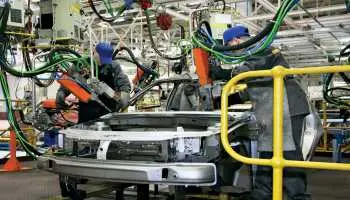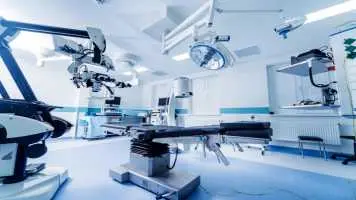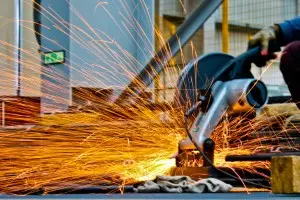Industrial Surge Protection Devices (SPDs) are essential components used to shield electrical systems and equipment from unexpected voltage spikes and power surges. These surges, often caused by lightning strikes, power outages, or switching operations, can damage sensitive industrial machinery and disrupt operations. SPDs work by diverting excess voltage safely to the ground, ensuring continuous and safe system performance. Widely used in manufacturing plants, data centers, and commercial facilities, SPDs enhance equipment longevity, reduce downtime, and support operational efficiency. As industries increasingly rely on advanced electronics and automation, the demand for reliable surge protection solutions continues to grow rapidly across sectors.
Drivers: The growing dependence on electronic systems and automation in industries is a major factor driving the demand for industrial surge protection devices. Power disturbances caused by lightning strikes, switching operations, and grid instability can lead to costly equipment failures and production losses. To prevent this, industries are investing in surge protectors to ensure smooth and uninterrupted operations. Moreover, the rising adoption of renewable energy systems, which are sensitive to voltage fluctuations, is increasing the need for protective devices. Industrial expansion in emerging economies, along with a growing emphasis on equipment safety and compliance with international safety regulations, further supports market growth. Demand is also influenced by the growing number of data centers, manufacturing facilities, and infrastructure projects globally.
Challenges: Despite promising growth, the industrial surge protection devices market faces several challenges. One of the main barriers is the high initial cost of advanced surge protection systems, which can deter small and mid-sized enterprises from adopting them. Additionally, retrofitting surge protection into older infrastructure can be technically complex and expensive. Another challenge is the limited awareness among end-users in certain regions about the long-term benefits of surge protection and the risks of unprotected systems. Misconceptions about their necessity or effectiveness can reduce adoption rates. Furthermore, rapid technological changes and varying standards across countries can complicate product development and compliance. These hurdles must be addressed through education, cost-effective solutions, and stronger regulatory frameworks to unlock the market’s full potential.
Market Trends: One emerging trend is the integration of surge protection into comprehensive energy management systems that also offer monitoring and control features. This enhances overall energy efficiency and system reliability. Additionally, the growing popularity of smart grids, industrial automation, and IoT technologies is accelerating the need for advanced surge protection. Companies are increasingly opting for higher-capacity devices to protect vital equipment and minimize operational interruptions.
Global Industrial Surge Protection Devices Market Key Players:
ABB Ltd., Bourns, Inc., CG Power and Industrial Solutions Limited, Eaton Corporation plc, Emerson Electric Co., General Electric Company, Legrand, Littelfuse, Inc., Schneider Electric, and Siemens are just a few of the major market players that are thoroughly examined in this market study along with revenue analysis, market segments, and competitive landscape data.
Global Industrial Surge Protection Devices Market Segmentation:
By Product: Based on the Product, Global Industrial Surge Protection Devices Market is segmented as; Hard-wired, Plug-in, Line Cord, Power Control Devices
By Type: Based on the Type, Global Industrial Surge Protection Devices Market is segmented as; Type 1, Type 2, Type 3, Type 4
By Power Rating: Based on the Power Rating, Global Industrial Surge Protection Devices Market is segmented as; 0-50 kA, 50.1-100 kA, 100.1-200 kA, 200.1 kA and Above.
By End-use: Based on the End-use, Global Industrial Surge Protection Devices Market is segmented as; Commercial Complexes, Data Center, Industries & Manufacturing Units, Medical, Residential Buildings & Spaces, Telecommunication, Transportation, Others
By Region: This research also includes data for North America, Latin America, Asia-Pacific, Europe, Middle East & Africa.
This study also encompasses various drivers and restraining factors of this market for the forecast period. Various growth opportunities are also discussed in the report.





































